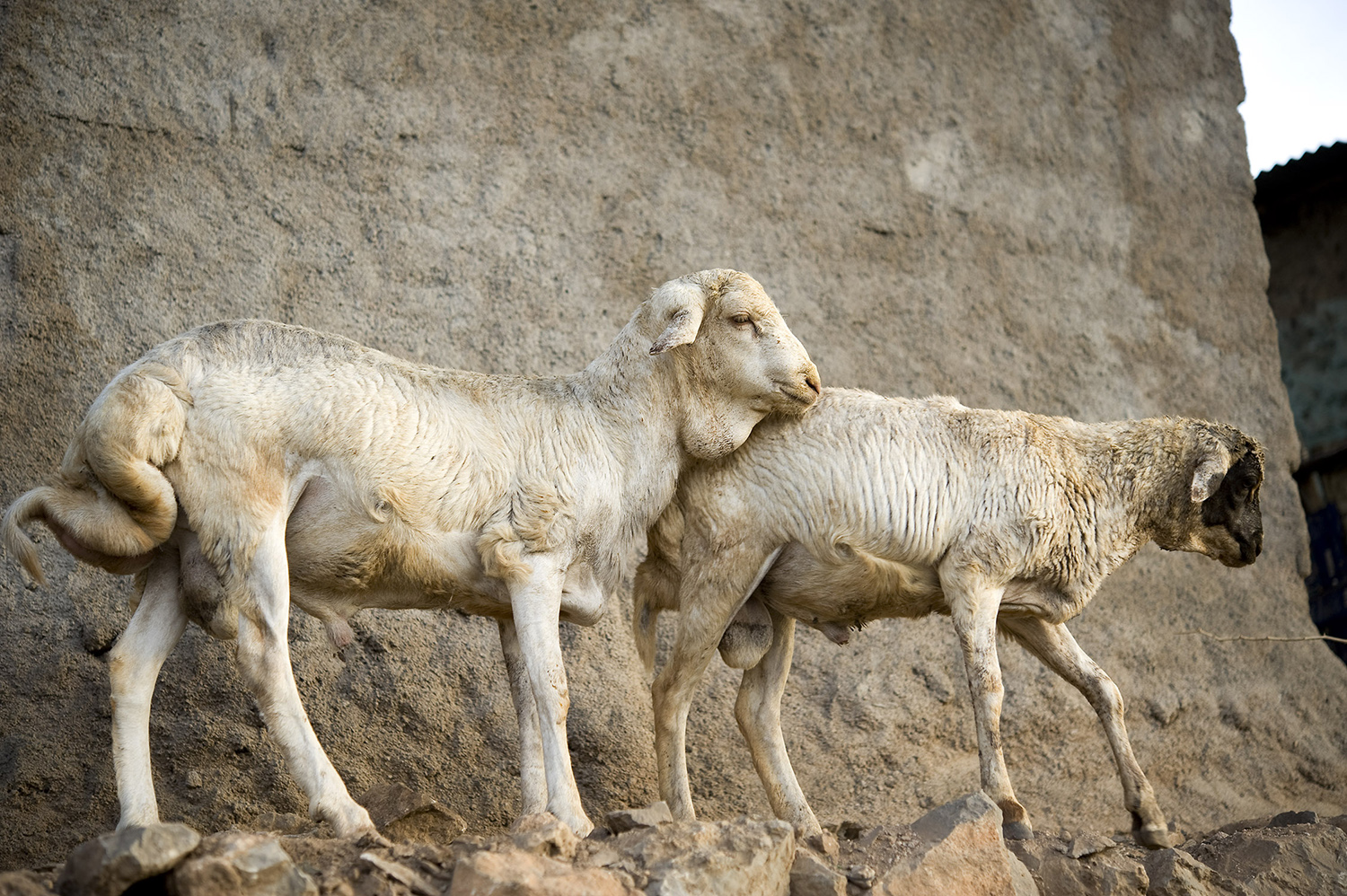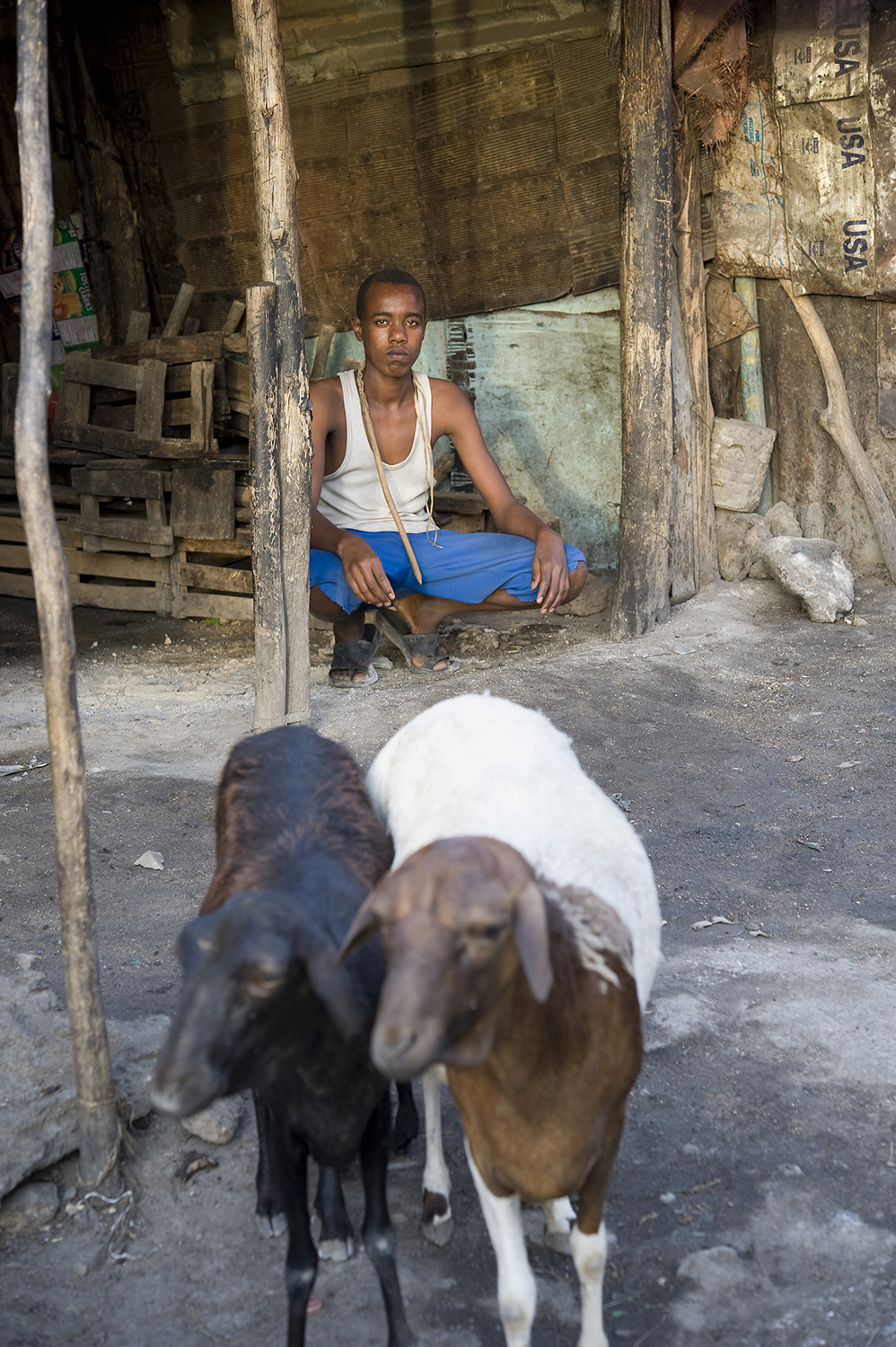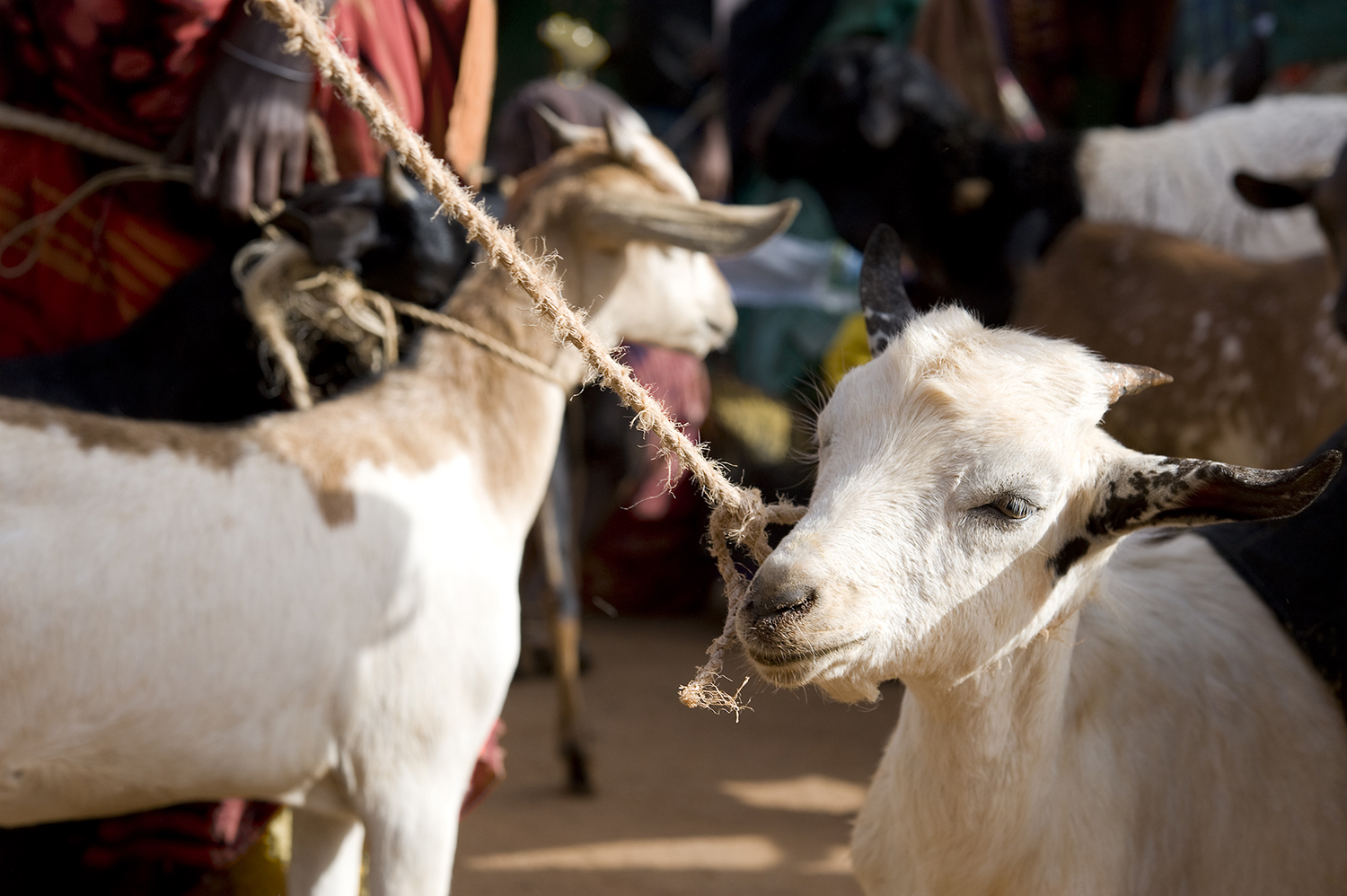While traveling in other countries, I have found death to be much more apparent and clearly intertwined with daily life than it is in most parts of the United States. Perhaps the most striking (and for me shocking) example of this is the public slaughter of livestock in the developing world - for ritual, meat, or both.
To see the severed head of a goat lying alongside its twitching body, with a crowd surrounding the cadaver and a line of live goats, bound and in a panic as they sense the violence that awaits them, is to wrestle with the question of what our bodies actually are and what they become once we no longer occupy them. This question was, in fact, central to the beheading ritual I observed in Nepal; but I did note that the choice had been made to behead animals - not friends or offspring of the participants - to prompt the existential inquiry the sacrifice was designed to induce.
Similarly, the emphasis was again on human well-being when I witnessed a cow slaughtered and dismembered in Guatemala. For whatever reason, despite having my camera in hand, I could not bring myself to record the killing. Eyes bulging in fear, the small cow offered minimal resistance to being led into the cramped concrete enclosure where it was bound (legs pulled close to one another and head pulled to look backwards - almost parallel to body), tipped, and stabbed in the heart. As the blood ran out of the cow’s body it let out an emotional bellow and its panic-filled eyes transformed into inanimate objects. Almost every piece of the cow was carved up, from skin to meat to organs, leaving scarcely a morsel for the vultures awaiting a feeding.
When I was a child, I remember the sanguine stoicism toward life I observed in the country people I met in the highlands of México. Surely they cut off many a chicken’s head during their existence. Surely they also passed many a night with empty stomachs and heads full of uncertainty as to how their next meal would be produced. Perhaps it was partly their intimacy with both subsistence and slaughter that brought about their equanimity.


